Ho Chi Minh City celebrates liberation
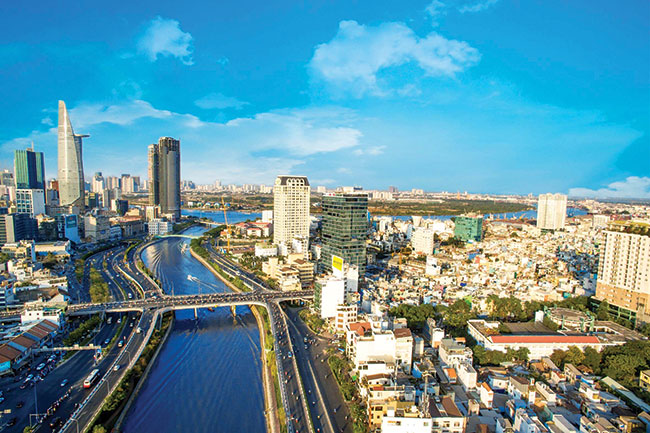 |
| The southern metropolis has changed rapidly in the past 41 years, developing from the ruins of Saigon into the modern and thriving economic hub we see today Photo: Le Toan |
What did Saigon look like after its liberation in 1975, and what policies were applied by city authorities?
At that time, everything was in ruin. The first goal of those taking over Saigon was to protect the city from re-occupation, not to develop it.
In 1978, when the city’s situation was more stable, a policy on reconstructing the city was adopted. The authorities focused on building up a group of intellectuals who used to be soldiers, and who were then sent to various localities as heads of communes to implement municipal development.
I was also trained in the city at that time. The training programmes were focused on economic development, with an emphasis on agricultural development. Many state-owned farms were established.
In that period, the city’s economy changed rapidly, with high growth. What impressed me the most was that municipal authorities wanted intellectuals to lead the city’s localities. In the early 1980s, I worked as chairman of quarter 2 in the city’s district 3 at the age of only 25. Other young people also acted as heads of other localities in the city. We worked with the public to inspire their devotion to the nation and to the city’s development.
The authorities also provided the armed forces with training on economic development. Their grand vision produced the large state-owned companies that have been effectively operating in both military and business sectors thus far.
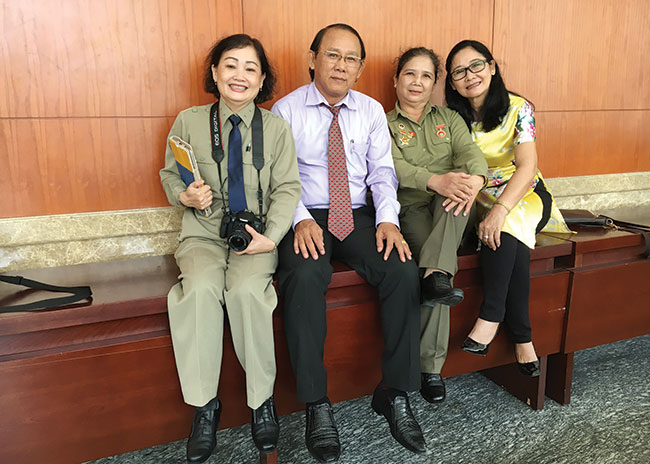 |
| Nguyen Truong Nhan and other city leaders witnessed the city’s incredible development since 1975 |
What major construction work was taking place in Saigon at that time?
The first facility was the Tri An hydropower plant, which was considered a milestone in the city’s development. At that time, Sau Dan, or former Prime Minister Vo Van Kiet, was the city’s Party Committee Secretary. Following the plant, a series of new works were built, such as roads, mechanics factories, industrial clusters and a sea port.
What sectors were prioritised for development?
In the 1990s, the city placed a priority on establishing a customs department, as it was beginning to open the door to trade with foreign countries. At that time, export-import procedures were designed with a view to increasing trade and investment from foreign countries, and also attracting foreign direct investment (FDI). Later, the city’s aviation and sea port sectors were developed, marking another milestone in the city’s socio-economic development.
As a witness to Saigon’s development, what have you seen over the past 41 years?
I am a citizen who has lived through two political regimes. During wartime, the country faced great difficulties. However, both the city and Vietnam have developed extremely quickly. Compared to other Southeast Asian cities, either during wartime or at present, the city has made great strides to overcome its previous state of ruin. This development can be seen in the city’s high buildings, large roads, industrial parks, and improvements in the residents’ living standards, which can almost be likened to those of world-class hubs.
How has the investment situation for overseas Vietnamese changed in the past few years?
As you can see, the country is currently undergoing important administrative reforms so as to attract both local and foreign investment. Ho Chi Minh City has also been successful in drawing a lot of FDI. The policies on births, deaths, marriages, and residence for overseas Vietnamese have been made more convenient. Immigration procedures made by the city and the Politburo are quite clear, along with procedures in legal assistance, trade and investment, and money transferring.
At present, Ho Chi Minh City’s People’s Committee has assigned the municipal Committee for Overseas Vietnamese to work with relevant departments and agencies to address problems for overseas Vietnamese relating to taxes, land, customs, and investment. They have also organised dialogues so that difficulties can be solved in a timely manner.
Currently, many overseas Vietnamese people are making major investments in the city. Such investors include David Duong, who is constructing several commercial infrastructure works in the southern hub, most notably the Da Phuoc Waste Treatment Complex in Binh Chanh district. In addition, many overseas Vietnamese people are also investing in the hi-tech, software, and bio-tech sectors at the city’s Quang Trung Software Park.
What do you expect from Ho Chi Minh City’s development in the future?
Ho Chi Minh City has been developing very well in almost all sectors. However, it still needs more targeted policies to help those who contributed to the liberation of the city. Currently, many families that have devoted their lives to the city’s liberation fail to receive due attention from the authorities.
At the same time, the city also needs more favourable policies for foreign investors wishing to do business here. Too many complicated procedures are currently obstructing investors.
The city should also have more policies to support overseas Vietnamese people wanting to come back to the country to live and work. At present, we are working around the clock to resolve these issues for them.
What the stars mean:
★ Poor ★ ★ Promising ★★★ Good ★★★★ Very good ★★★★★ Exceptional
Latest News
More News
- Industrial real estate stocks benefit from US election results (November 07, 2024 | 13:56)
- 2024 sees $1.41 billion in fintech funding so far (November 07, 2024 | 08:13)
- Trump at 266 electoral votes, Harris at 195: US media (November 06, 2024 | 14:30)
- Hanoi targets digital and high-tech investment with upcoming event (November 06, 2024 | 13:28)
- Public transport and real estate: The rise of Transit Oriented Development (November 05, 2024 | 15:06)
- Competition focuses on fostering circular economy (November 05, 2024 | 14:00)
- Digitalisation paves way for logistics market to compete (November 04, 2024 | 17:00)
- Green is new buzzword for logistics arena (November 04, 2024 | 15:31)
- Vietnam Economic Pulse Forum discusses sustainable growth (November 01, 2024 | 17:30)
- 2024 may be Vietnam's most successful year for FDI (November 01, 2024 | 16:10)


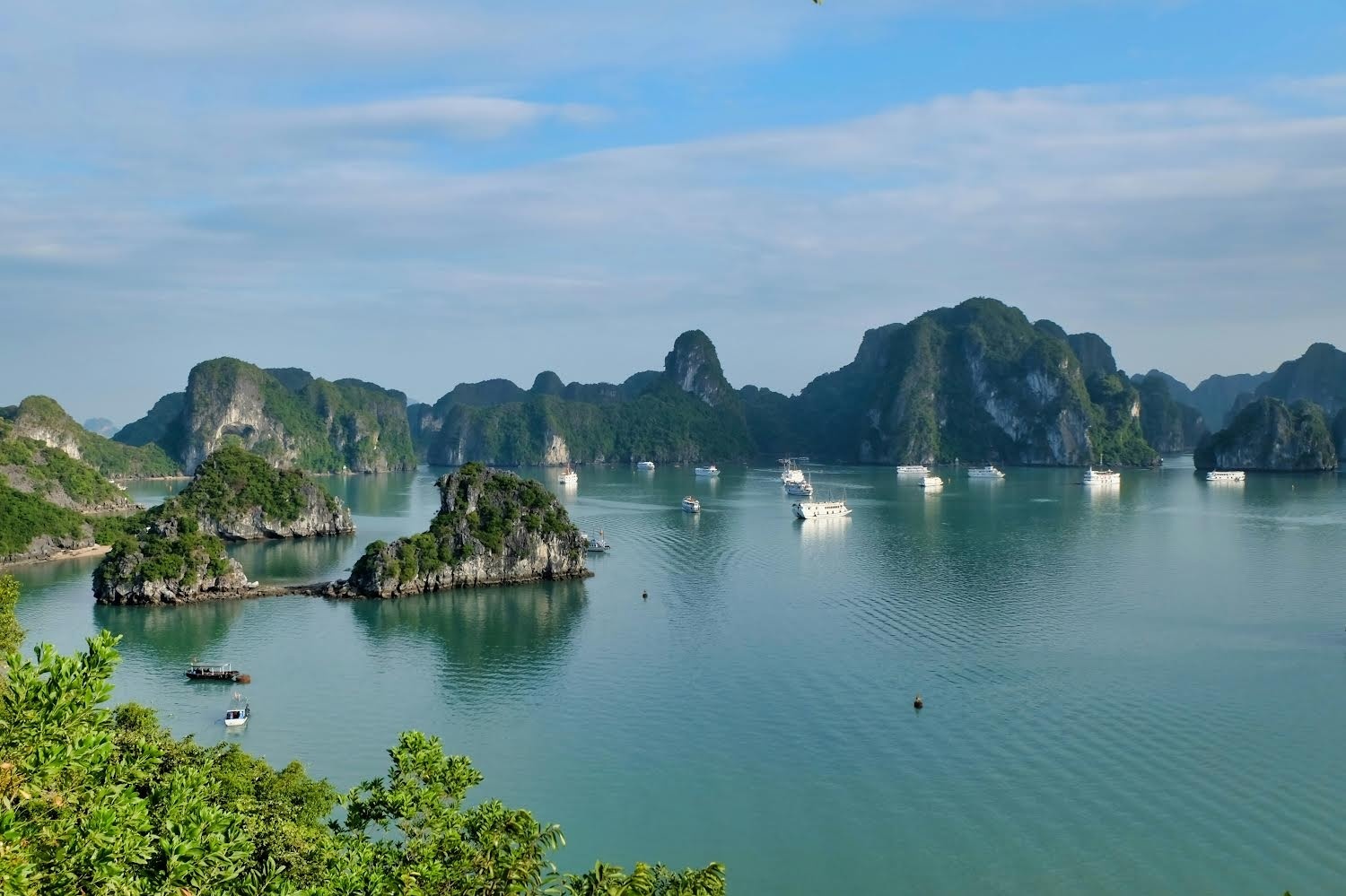

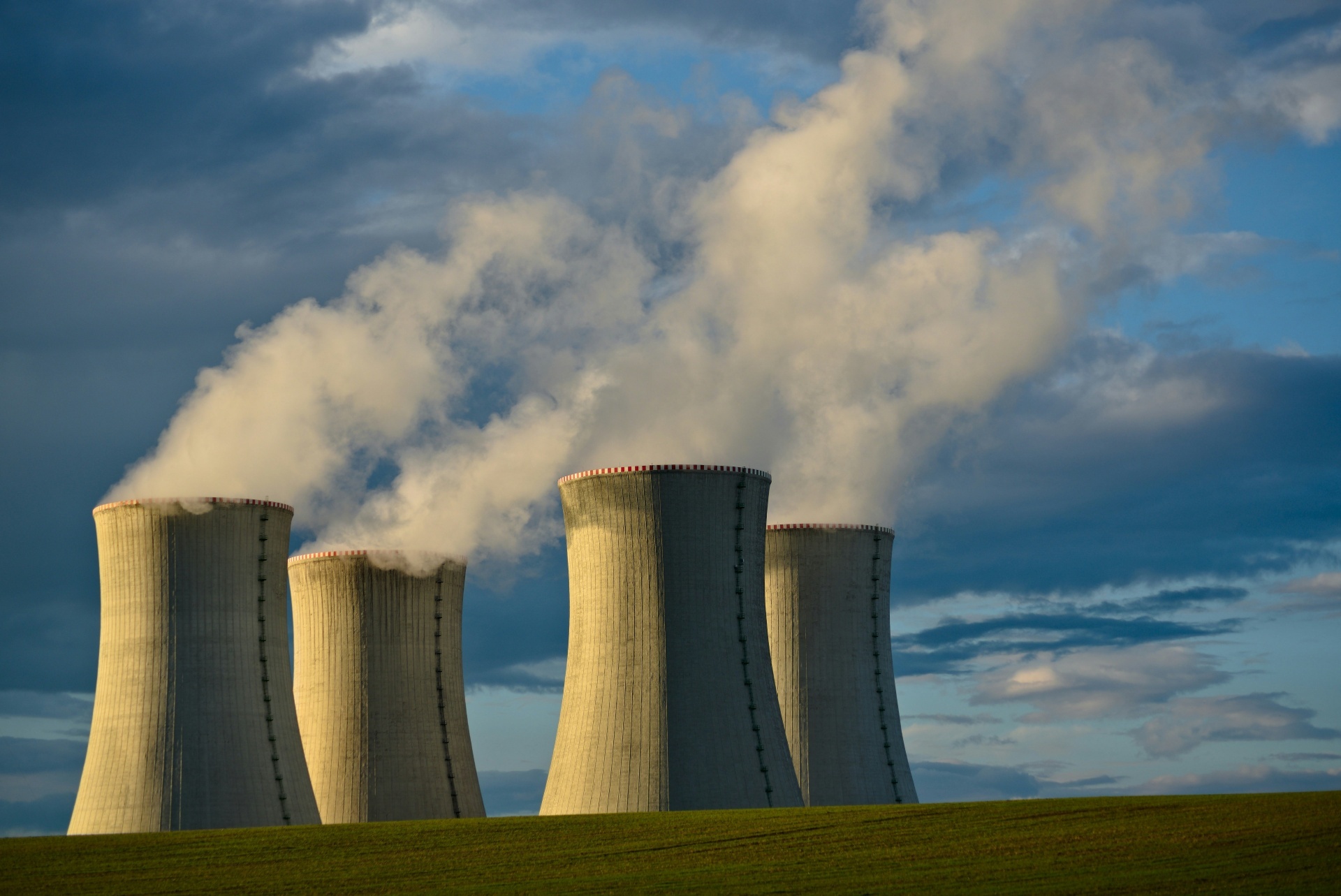
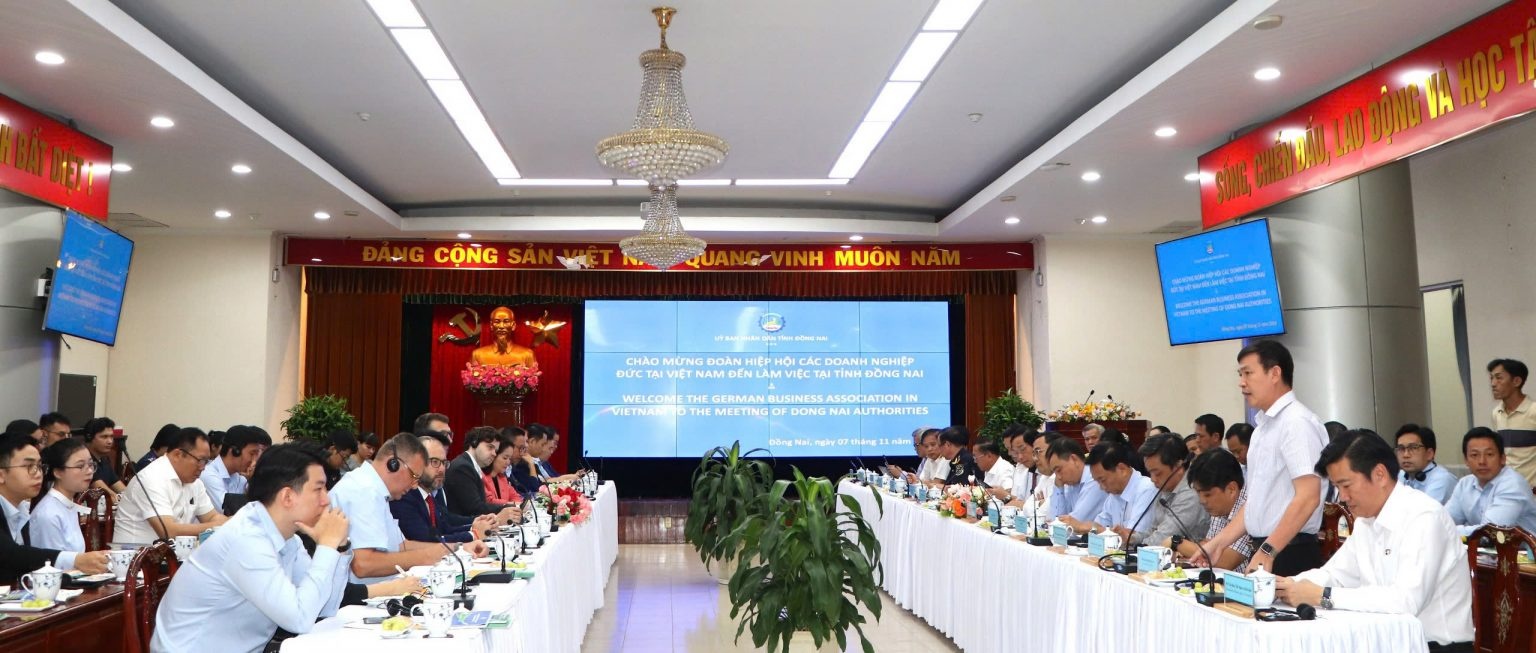

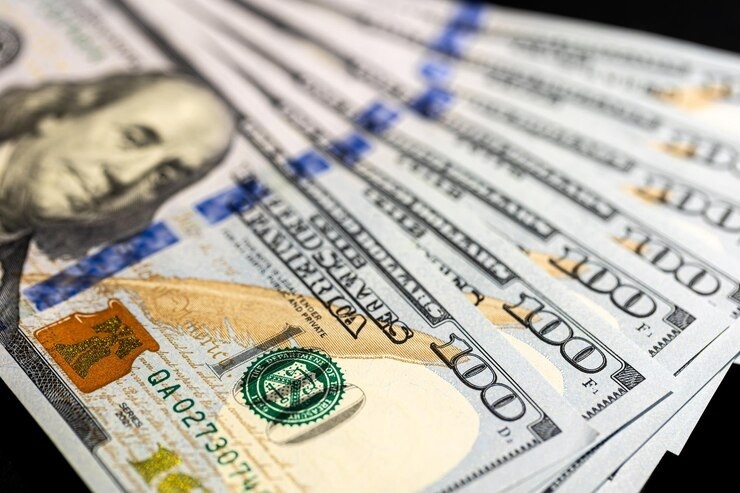
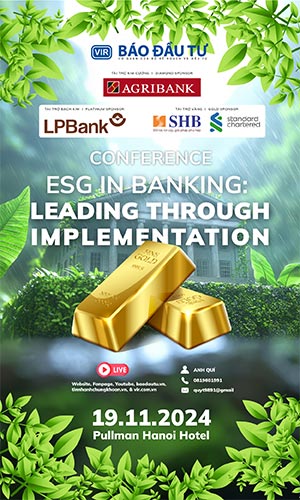



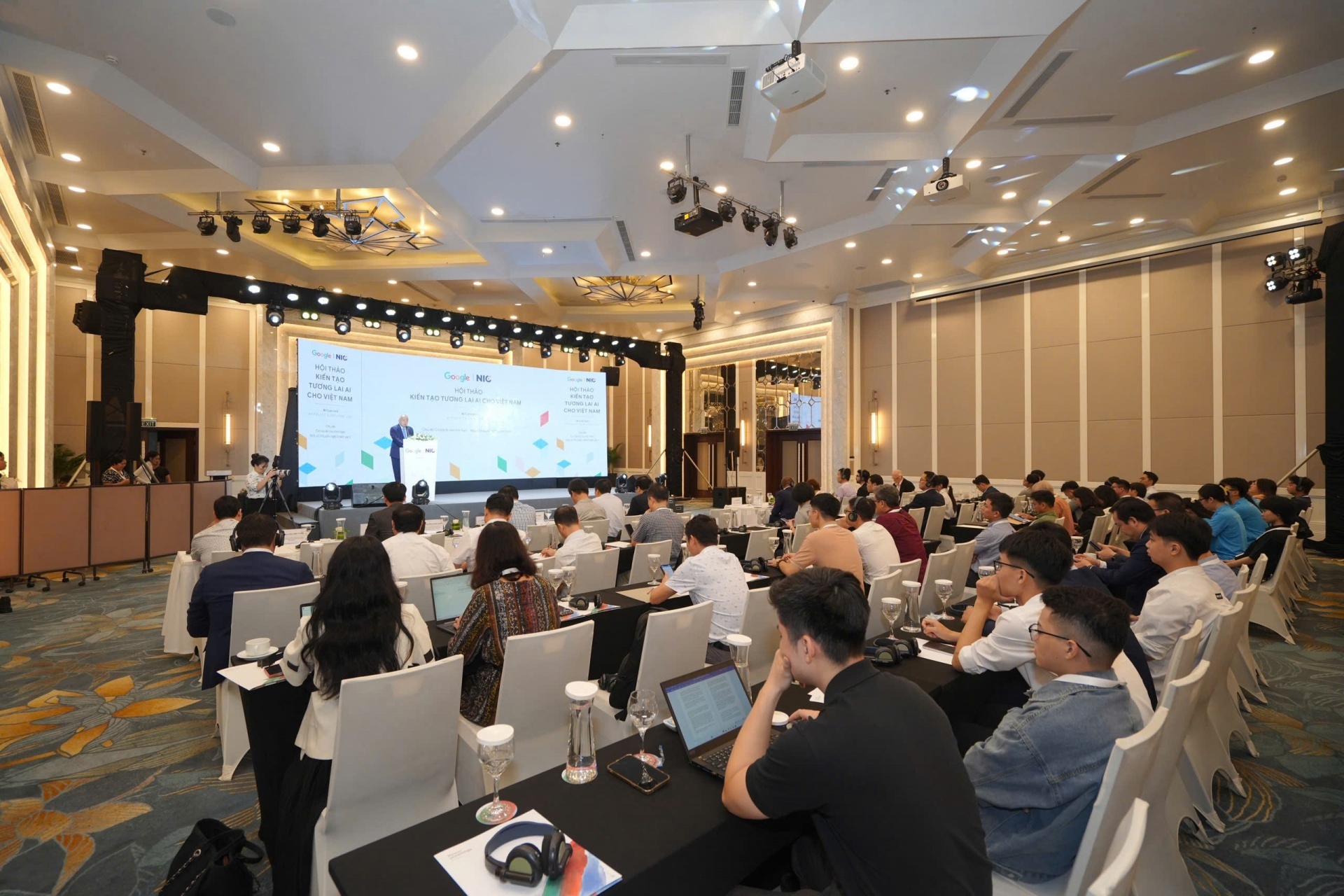






 Mobile Version
Mobile Version